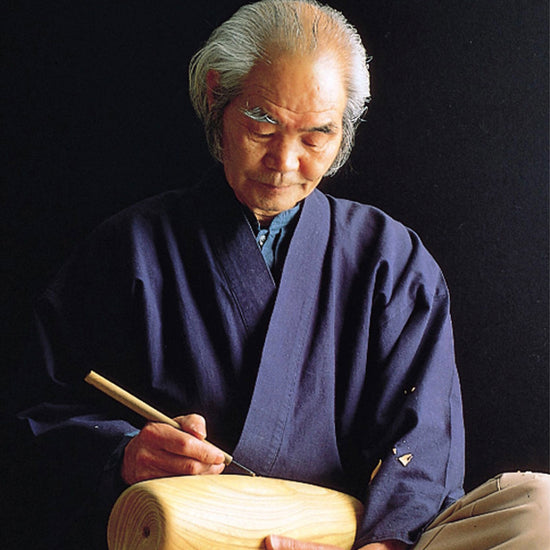Notice of Temporary Suspension of Service Due to System Maintenance
Due to system maintenance, our services will be temporarily unavailable on March 1, 2024, 10:00 AM - 1:00 PM (JST).

Founder of Usaburo Kokeshi. Born in Shinto Village, Gunma Prefecture in 1917.
After working with artificial stone and metal crafts, he began manufacturing kokeshi dolls in 1950.
Soon after, in addition to brush painting, which was the mainstream technique at the time, he developed a technique of carving and baking to create a three-dimensional effect, and established the prototype for the Usaburo Kokeshi dolls of today.
He worked diligently on research to prevent wood from cracking, and succeeded in making kokeshi dolls out of wood that had been considered unsuitable for processing.
His masterpiece, “Kantsubaki (Camellia in the winter)”, which features his favorite camellia flower on a beautiful zelkova wood grain, was honored to be purchased by the Emperor Showa.
In 1979, he established a mass-production system combining handwork and machines, and since then, he has grown his studio to become the largest producer of kokeshi dolls in Japan, and he remained active until his death in July 2009 at the age of 91.
Masterpiece “Camellia in the winter” →